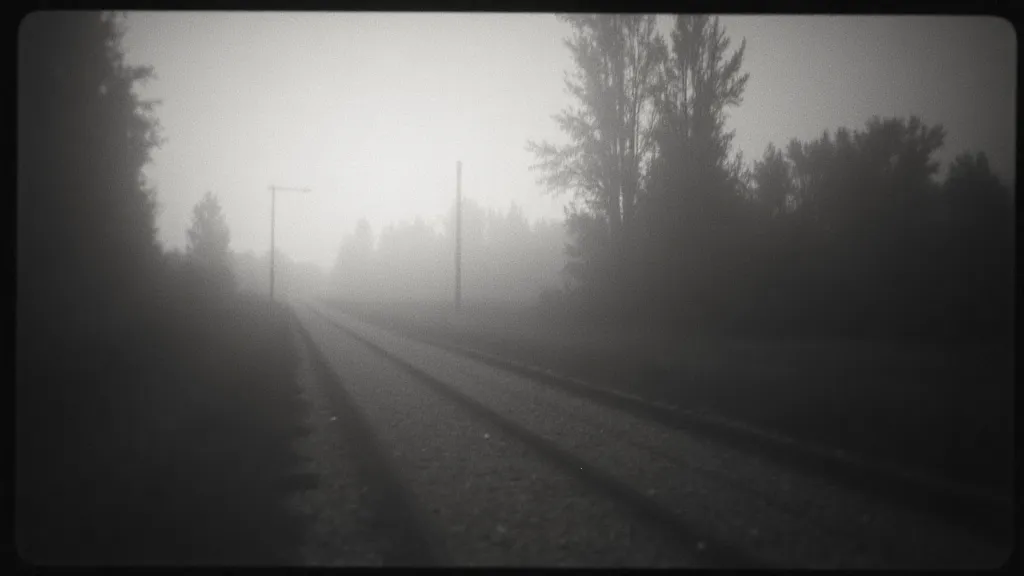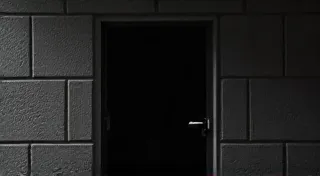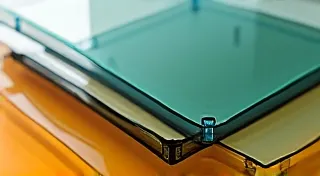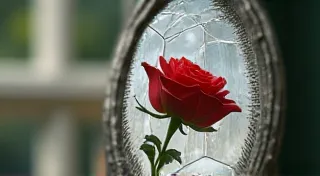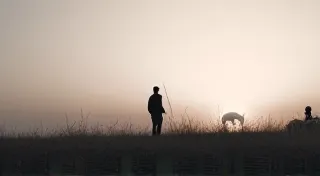The Shutter’s Lament: Finding Rhythmic Truth in Mechanical Constraints
The scent of aged leather, the glint of brass catching the light, the subtle click of a winding mechanism – these are the sensory hallmarks of a vintage camera. But it’s more than just the materials that draw us to these relics of a bygone era. It’s the understanding that within their intricate gears and limited capabilities lies a profound lesson about creativity itself. These cameras, unlike their modern counterparts, weren't simply tools; they were eloquent constraints, shaping not only the images captured but also, subtly, the minds behind the lens. They were instruments of both documentation and a peculiar, enforced artistry.
I remember finding my first vintage camera at a dusty antique shop in rural Vermont. It was a Kodak Brownie Detective, its bellows cracked and its leatherette peeling, but still possessed of a certain gravitas. It felt weighty in my hands, a tangible link to a time when photography was less about instant gratification and more about considered action. Holding it, I imagined the hands that had wound it, the scenes it had witnessed, the stories it had helped to preserve. It was a connection to something larger than myself, a participation in a lineage of visual storytellers.
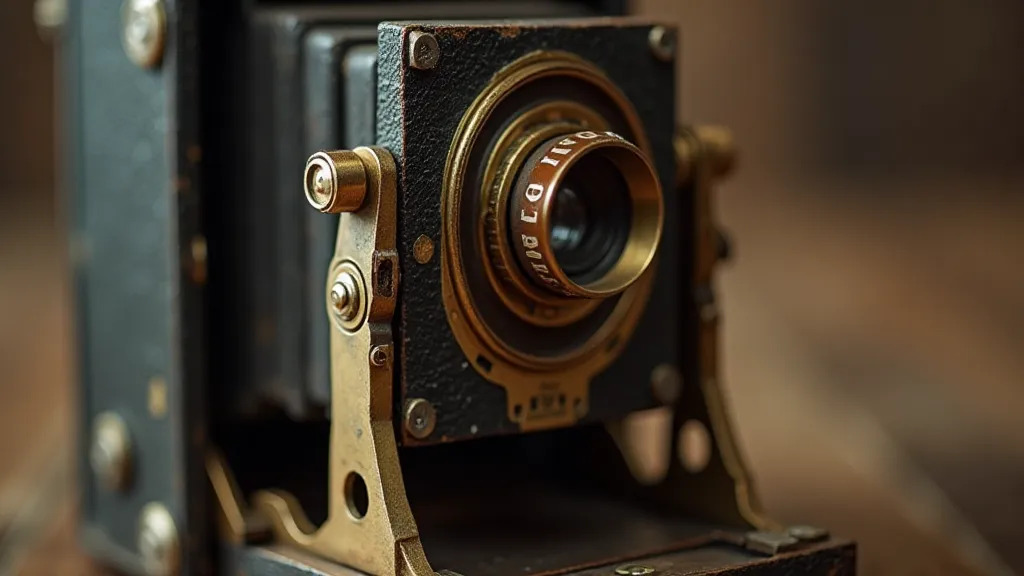
The Mechanical Muse
Early photographers weren’t dealing with autofocus, ISO adjustments, or expansive dynamic ranges. They worked within a rigid framework of mechanics. Shutter speeds were slow, often requiring subjects to remain perfectly still for extended periods. Apertures offered limited control over depth of field. Film sensitivity was low, demanding bright light and meticulous exposure calculations. Lenses were often soft and prone to aberrations. It was a world of compromise and calculation.
Yet, these very limitations didn’t stifle creativity; they *shaped* it. Photographers learned to embrace the constraints, to find beauty within the imperfections. They experimented with long exposures to blur movement, creating dreamlike trails of light. They utilized soft focus to soften features and enhance mood. They composed carefully, knowing that any miscalculation could ruin the image. The need for precision fostered a deep understanding of light, composition, and the inherent qualities of the photographic medium.
Consider the portraiture of the early 20th century. The subject, often posed for a significant period, becomes almost a sculpture, frozen in a moment of deliberate stillness. The backgrounds, often blurred due to shallow depth of field, draw attention to the subject's face and expression. The limited tonal range of the film creates a sense of timelessness and classicism. These were conscious artistic choices, born from the mechanical realities of the equipment.
Rhythmic Authenticity: Lessons for Writers
The principle extends far beyond the realm of photography. As writers, we often feel the pressure to produce vast quantities of content, to chase trends, to cater to algorithms. But what if, instead, we embraced a more deliberate, constrained approach? What if we imposed our own artificial limitations, mimicking the photographic process?
Imagine writing a short story using only sentences of a fixed length – perhaps eight words. Or composing a poem using only words containing a specific vowel sound. Or crafting a novel with a strict adherence to a particular narrative structure, like a villanelle or a sestina. These constraints, like the limitations of a vintage camera, force us to be more inventive, more resourceful, and more attentive to the nuances of language.
The constraints of a vintage camera forced photographers to see differently, to compose more thoughtfully, to understand the essence of their medium. Similarly, artificial constraints in writing can unlock new approaches to narrative structure, pacing, and imagery. They demand a deeper engagement with the creative process, a willingness to experiment, and a greater appreciation for the power of deliberate choice. The “shutter’s lament,” the mechanical hum of those early cameras, becomes a rhythmic guide for unlocking authentic expression.
Restoration and Reverence
The process of restoring a vintage camera is a labor of love. It’s not simply about repairing damaged parts; it's about preserving a piece of history, about reconnecting with a bygone era. Each crack in the leatherette, each scratch on the brass, tells a story. The restoration aims to respect that history, to make the camera functional again while retaining its original character and patina.
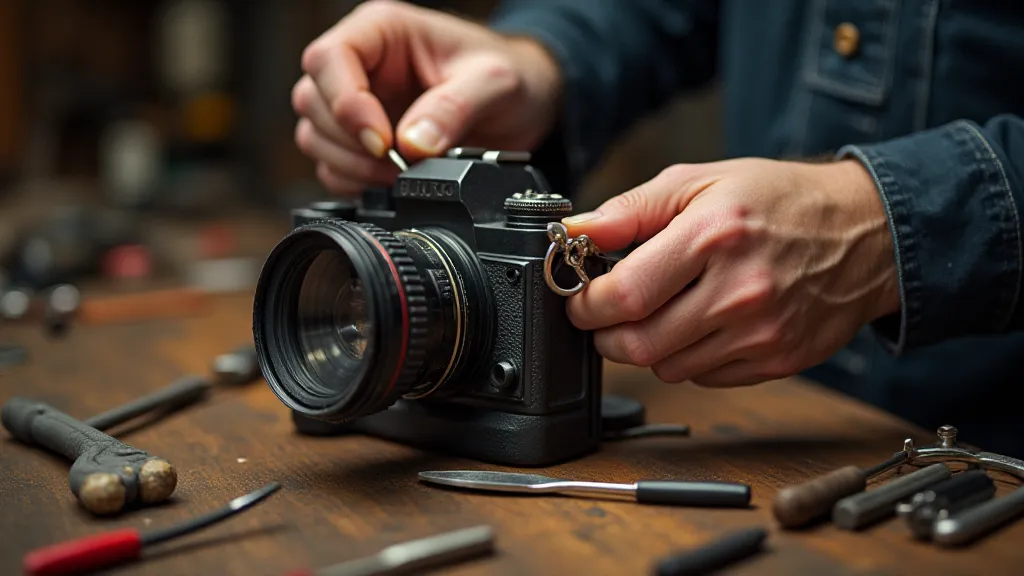
Collecting vintage cameras is about more than acquiring objects; it's about curating a tangible connection to the past. Each camera represents a specific moment in time, a particular technological advancement, a unique aesthetic sensibility. It's a way of honoring the ingenuity and artistry of those who came before us.
Looking at these cameras, thinking about the photographers who wielded them, it's easy to see how limitations can breed innovation. And that’s a lesson that resonates deeply, not only for those captivated by the mechanical poetry of vintage photography, but for anyone seeking to unlock their own creative potential.
The click of the shutter, the whir of the gears – it's a rhythm of constraint, a lament for what can't be, and an anthem for the unexpected beauty that emerges when we embrace the limits of our tools.
